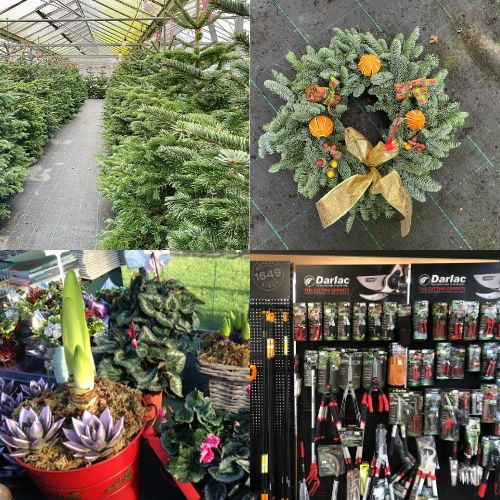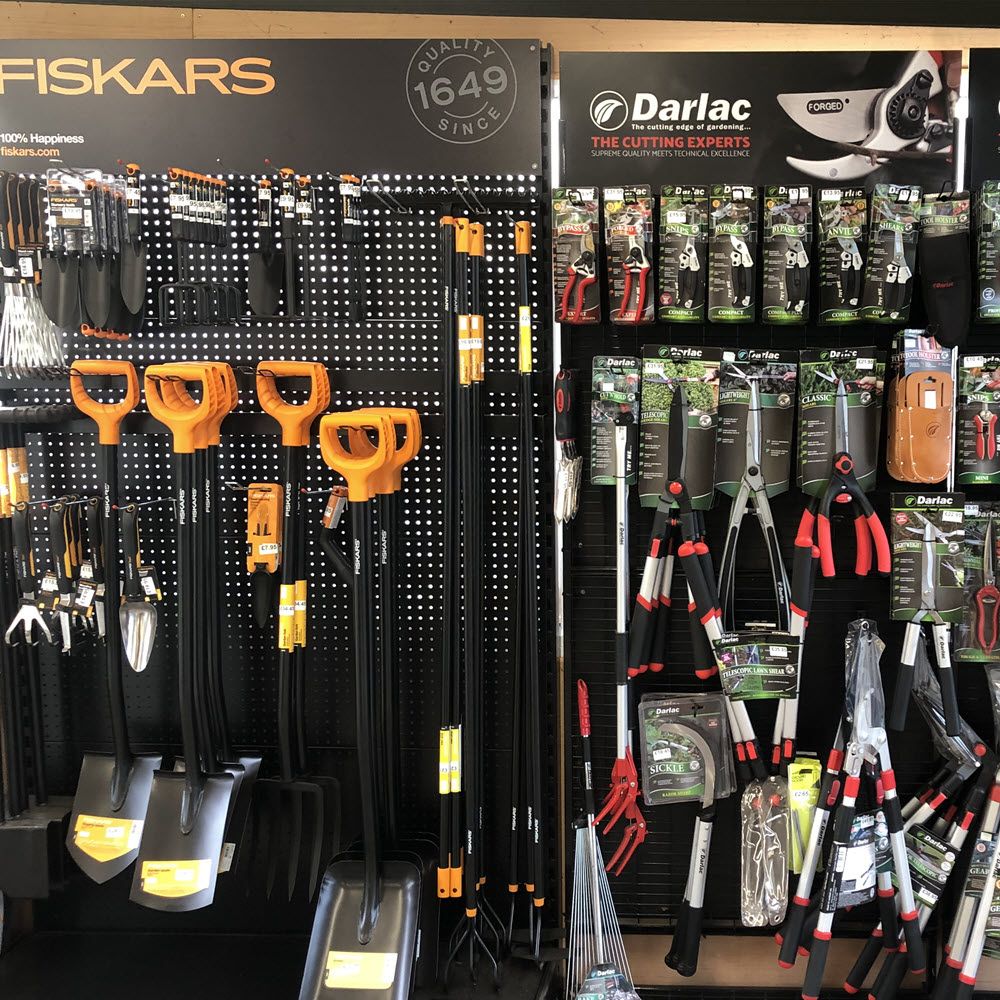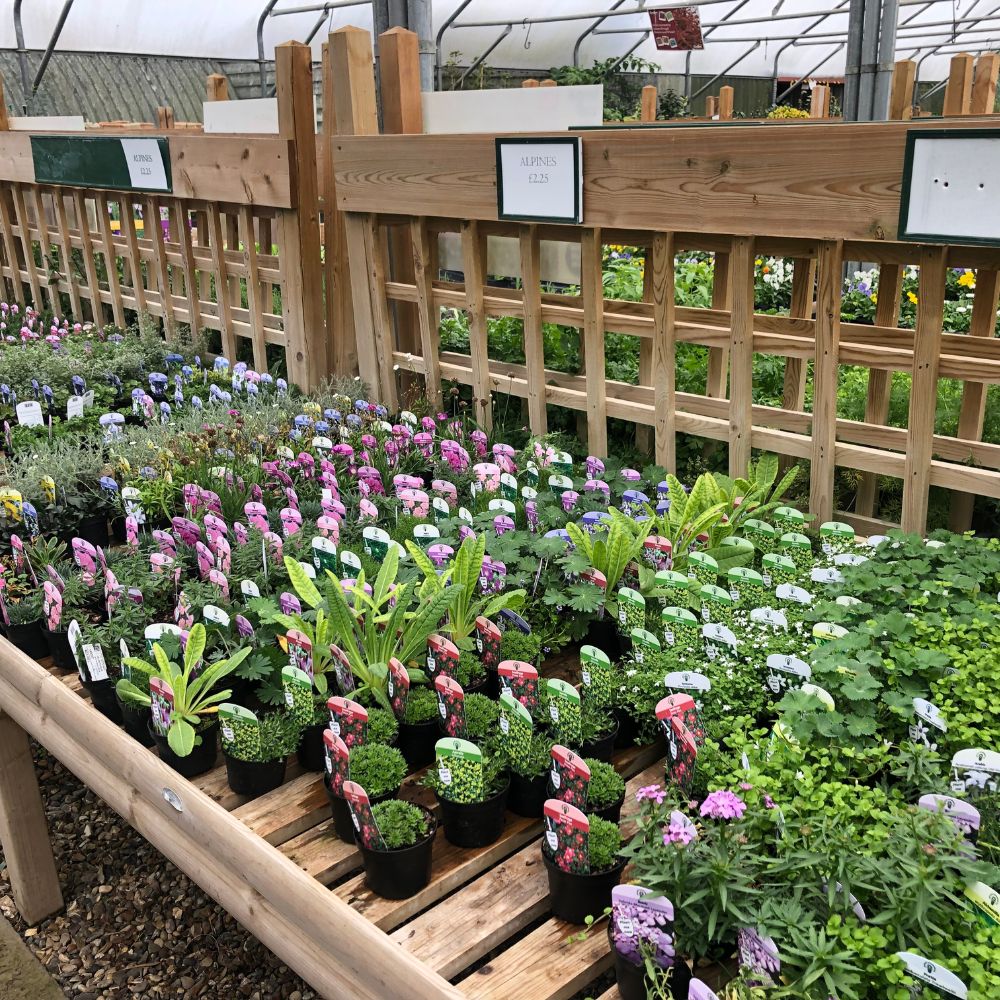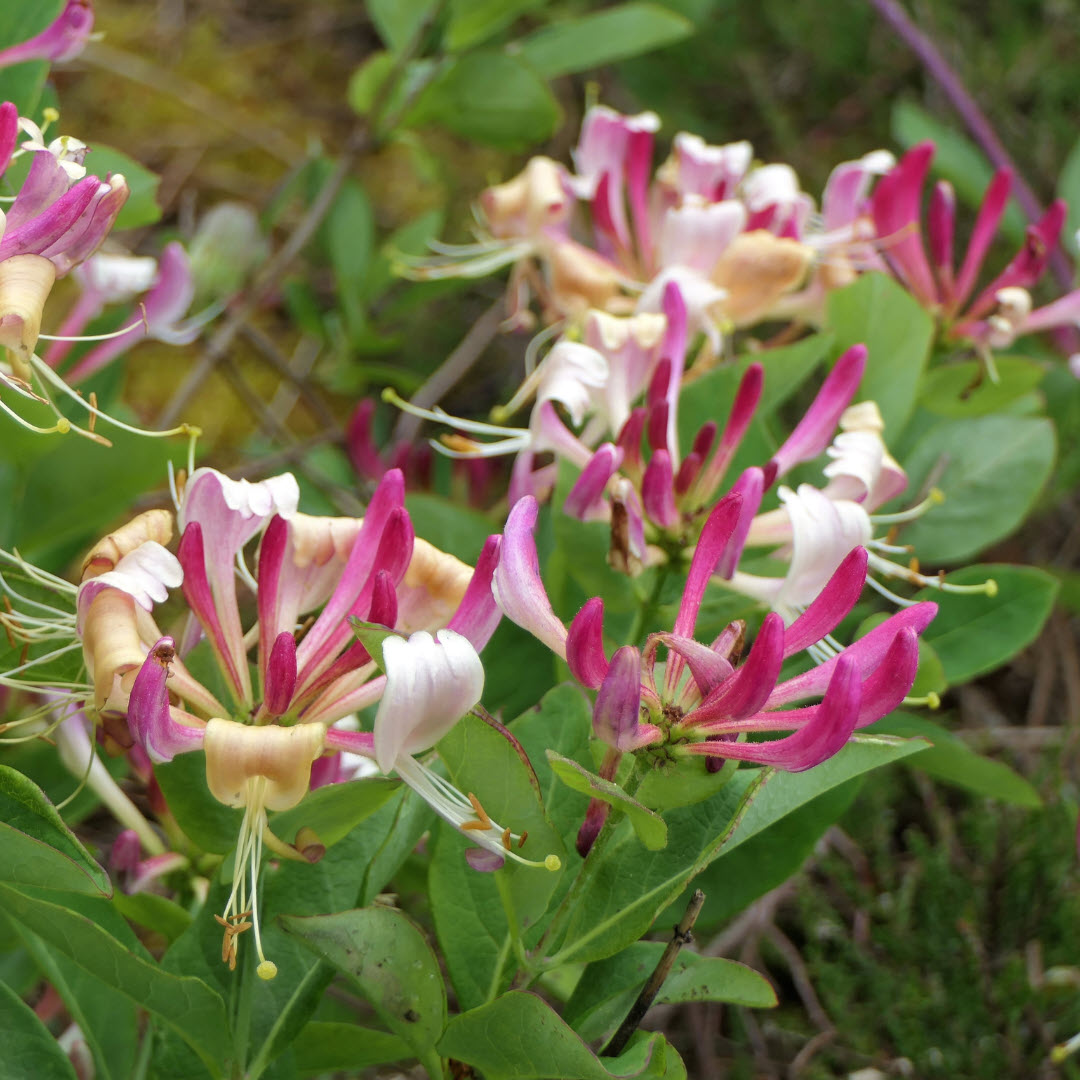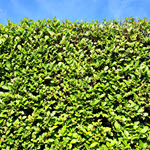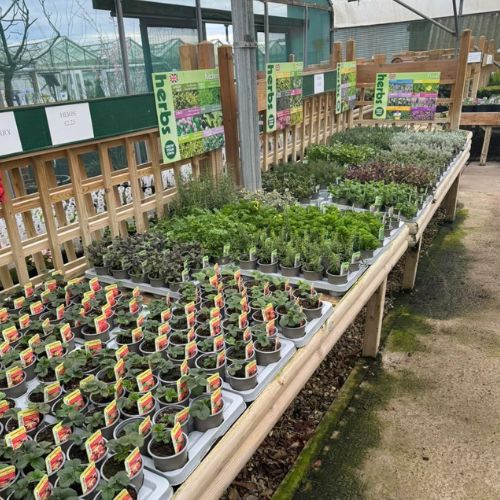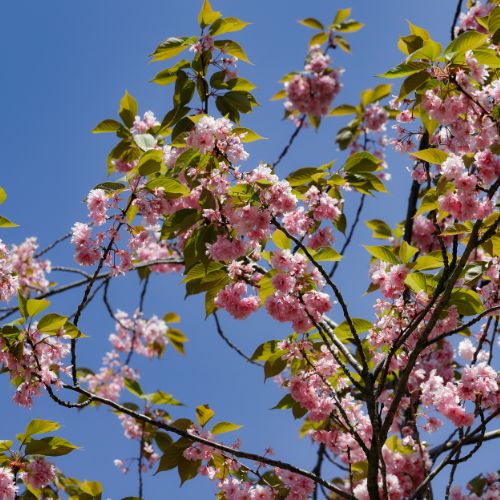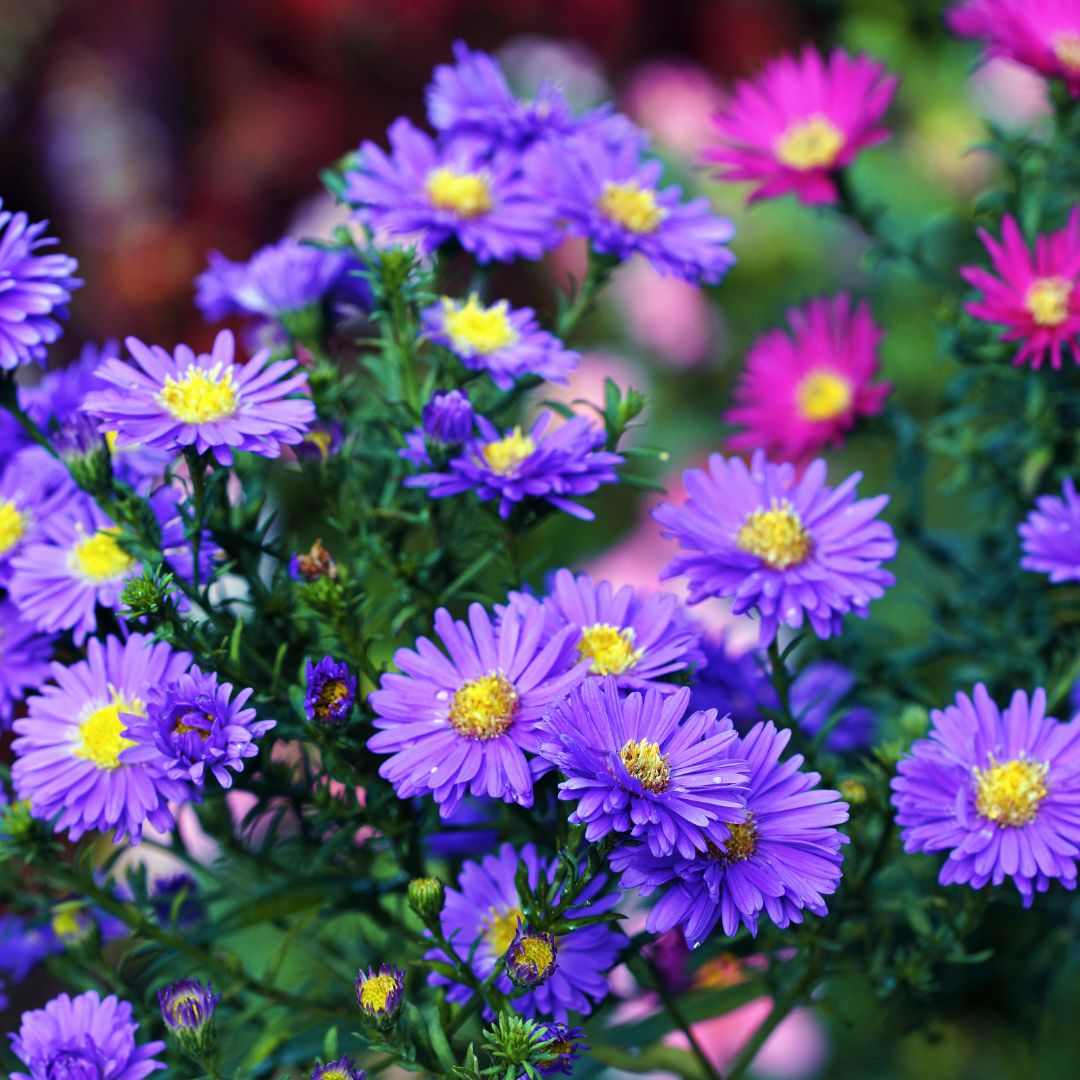Lavender Plants
Discover the Beauty and Aroma of Lavender Plants at Woolpit Nurseries
Lavender is a popular, aromatic, drought-tolerant garden plant that’s easy to grow and perfect for adding a touch of elegance to your garden. Known for its fragrant summer flowers and silver-grey or grey-green foliage, lavender thrives in sunny borders, containers, and herb gardens. Visit Woolpit Nurseries to explore our variety of lavender plants and enhance your garden with their beauty and aroma.

Why Choose Lavender?
- Aromatic Beauty: Masses of fragrant flowers in shades of purple, blue, pink, and white.
- Drought-Tolerant: Ideal for sunny borders and well-drained soil.
- Pollinator-Friendly: Attracts bees, butterflies, and other pollinators.
- Versatile Uses: Suitable for borders, containers, herb gardens, and even as low hedges.
” I love the plants I got from Woolpit Nurseries. Highly recommend!”
Sarah J./ Bury St Edmunds
Popular Types and Varieties of Lavender
Lavender isn’t just one single plant—there’s a whole range of varieties to choose from, each with its own unique charm. Whether you’re looking for compact plants to edge a path, something dramatic for a container, or a mass of scent for a hedge, you’ll find a type that fits.
English Lavender (Lavandula angustifolia)
Probably the most classic choice, English lavender is renowned for its intense fragrance and airy spikes of purple-blue flowers. Varieties like ‘Hidcote’ and ‘Munstead’ are favorites for their robust scent and hardy nature—they even stand up to the chillier Suffolk winters without complaint. If you prefer something a little different, look for white-flowering selections such as ‘Arctic Snow’ for a softer, more refined look.
French Lavender (Lavandula stoechas)
For a dash of Mediterranean flair, French lavender is hard to beat. Recognisable by its tufted flower heads topped with quirky coloured bracts (almost like little flags), this type prefers sunny spots and is often a showstopper in pots. Try ‘Twin Summer’ or ‘Fathead’ for a bold display on your patio. Just be ready to shelter them over winter, as they’re less hardy than their English cousins.
Hybrid Lavender (Lavandula × intermedia)
If you want the best of both worlds—spectacular scent and showy blooms—hybrid lavenders like ‘Grosso’ or ‘Edelweiss’ are fantastic options. These tend to be larger plants that produce lots of flower spikes perfect for cutting, drying, or simply brushing past to release their fragrance.
Choosing the Right Lavender
- For hedges: English lavender varieties are ideal, forming neat, aromatic borders.
- For containers: French types shine here; just bring them indoors during frosty spells.
- For fragrance: Go for English lavender if scent is top of your wish list.
- For colour and bloom: Hybrids offer an impressive floral display.
With these choices, it’s easy to find the perfect lavender to complement your garden’s character. Whether you prefer tidy clipped edges, informal sweeps of bloom, or eye-catching pots brimming with colour, there’s a variety waiting to transform your outdoor space.
How to Plant, Grow & Care for Lavender
Planting Lavender:
- Location: Choose a sunny spot with well-drained soil.
- Soil Preparation: Dig over the soil and remove weeds before planting. For heavy soil, plant on a mound, ridge, or in a raised bed.
- Spacing: Space plants about 90cm (3ft) apart for group planting or 30cm (1ft) apart for a hedge.
Planting Lavender in Containers:
- Use large containers (30-40cm in diameter) with large drainage holes.
- Fill with multipurpose or loam-based compost mixed with coarse grit or perlite.
- Plant lavender at the same level it was in its previous pot and water well.
Caring for Lavenders:
- Watering: Water newly planted lavender regularly during the first summer. Established plants are drought-tolerant.
- Feeding: Lavender prefers soil low in nutrients and typically does not need feeding.
- Deadheading: Remove spent blooms to encourage more flowers.
- Overwintering: Protect less hardy varieties and container plants from harsh winter conditions.
Seasonal Care Checklist:
- Spring: Plant new lavender and prepare the soil.
- Summer: Water regularly in dry spells and deadhead flowers.
- Autumn: Mulch around the base of plants and prepare for overwintering.
- Winter: Protect container plants and less hardy varieties from cold and wet conditions.
Frequently Asked Questions – Lavender
Lavender requires full sun and well-drained soil to bloom. Ensure it gets at least six hours of direct sunlight each day. Over-fertilizing can also hinder flowering; lavender thrives in nutrient-poor soils.
Lavender prefers dry conditions and should be watered sparingly. Water newly planted lavender regularly until established, then reduce frequency. In general, water only when the top inch of soil is dry.
Absolutely! Lavender grows well in pots. Use a well-draining potting mix and ensure the pot has good drainage. Place the pot in a sunny location and water when the soil feels dry.
Prune lavender in late summer or early autumn after flowering. Trim back about one-third of the plant, avoiding cutting into old wood. This helps maintain its shape and encourages bushy growth.
Yes, many lavender varieties are hardy and can survive winter outdoors. Ensure proper drainage to prevent root rot and consider mulching to protect roots from severe cold.
Regular pruning is key to preventing lavender from becoming woody. Trim back the plant by about one-third each year after flowering. Avoid cutting into old wood, as it may not regenerate.
If it’s fragrance you’re after, English lavenders like ‘Hidcote’ and ‘Munstead’ are top picks, renowned for their intense, classic lavender scent. These varieties are favourites among gardeners for their richly aromatic blooms, making them ideal for scenting borders, pathways, and even drying for indoor use. Their deep purple flowers not only look stunning but also fill the air with that unmistakable lavender perfume throughout the summer.
Lavender typically bursts into bloom from early summer, with most varieties beginning to flower in June. The vibrant display of blossoms lasts well into September, filling your garden with colour and fragrance for several months. To keep your plants neat and encourage healthy growth for the following year, trim back spent flower stems once the blooming period winds down.
Lavender doesn’t spread aggressively or take over. Unlike some rampant perennials, lavender remains where you plant it. If you’d like to grow more, you can easily propagate new plants by taking softwood cuttings in spring or hardwood cuttings in autumn and rooting them in free-draining compost.
While lavender occasionally produces seeds, it doesn’t reliably self-seed or multiply on its own because germination rates are generally low. For most gardeners, creating new lavender plants is best done by hand rather than relying on new plants popping up around the garden.
Lavender is easy to propagate, making it a rewarding project for gardeners looking to grow more plants. Unlike some perennials, lavender won’t spread on its own, so if you’d like more bushes, cuttings are the best way.
Softwood Cuttings (Spring): Take 8–10cm lengths from non-flowering, fresh growth. Remove the lower leaves and plant the cuttings in a gritty, well-drained compost mix. Keep them lightly moist and in a bright, sheltered spot until roots form.
Hardwood Cuttings (Autumn): After flowering, take slightly thicker, woodier stems and treat as above. These take a bit longer to root but result in robust new plants.
Lavender rarely self-seeds reliably in UK gardens, so for best results, stick to cuttings for guaranteed success.
Enhancing Your Garden with Lavender
Lavender plants pairs beautifully with plants that thrive in well draining soil and sun, such as herbs, many perennials and roses, providing a stunning display throughout the growing season.
Ready to transform your garden with the fragrance and beauty of lavender?
Visit Woolpit Nurseries today to discover our selection of lavender plants. Visit us to get quality plants and expert advice to find the perfect addition to your garden.


